Hindu mythology: Four yugas shaping existence, from virtue to darkness and ignorance.
Hindu mythology encompasses a rich tapestry of stories, gods, and cosmology. Central to this cosmology is the concept of the four yugas, representing distinct eras that cyclically shape the course of existence. These yugas are believed to follow each other in a repetitive pattern, each characterized by unique attributes and characteristics. In this article, we will take a look into the four yugas and gain a deeper understanding of their significance in Hindu mythology.
1. Satya Yuga (The age of truth and virtue):
The Satya Yuga, also known as the Golden Age, is considered the most virtuous and harmonious phase of existence. It is believed to be an era of truth, purity, and spiritual enlightenment. In this yuga, humanity experiences a deep connection with the divine, embodying qualities such as righteousness, honesty, and compassion. The Satya Yuga is characterized by the absence of deceit, suffering, and discord, with people living long, peaceful lives.
2. Treta Yuga (The age of rituals and sacrifices):
Following the Satya Yuga comes the Treta Yuga, also known as the Silver Age. In this era, human virtues gradually decline, and rituals and sacrifices gain prominence. While righteousness still prevails to a certain extent, moral values begin to wane. The Treta Yuga is marked by a shift from inner spirituality to external religious practices. Kings and sages play significant roles, and elaborate ceremonies and sacrifices become prevalent.
3. Dvapara Yuga (The age of dualities and conflicts):
As the Treta Yuga concludes, the Dvapara Yuga, or the Bronze Age, emerges. This phase is characterized by increasing materialism, dualities, and conflicts. People become more driven by personal desires, and spirituality takes a backseat. The Dvapara Yuga witnesses the rise of great kingdoms, with societal divisions and struggles becoming more prominent. While knowledge and art flourish, moral values continue to decline.
4. Kali Yuga (The age of darkness and ignorance):
The final and current yuga is the Kali Yuga, often referred to as the Dark Age. This era is marked by widespread moral and spiritual degradation, ignorance, and the dominance of negative forces. Materialism, deceit, and greed hold sway, and spiritual pursuits are at their lowest point. The Kali Yuga is believed to be a challenging period, characterized by strife, unrest, and a lack of moral compass.
Read more: DNA Explainer: Do landlords have right to arbitrarily increase rent? Here's what law says
![submenu-img]() Priyanka Chopra kisses Nick Jonas as Malti Marie closes her eyes; see more family pics from singer's London concert
Priyanka Chopra kisses Nick Jonas as Malti Marie closes her eyes; see more family pics from singer's London concert![submenu-img]() Lebanon: Thousands of Hezbollah members wounded after communication devices explode mysteriously
Lebanon: Thousands of Hezbollah members wounded after communication devices explode mysteriously![submenu-img]() Meet woman, who is part of Rs 1257006 crore group, holds key position, she is Ratan Tata's...
Meet woman, who is part of Rs 1257006 crore group, holds key position, she is Ratan Tata's...![submenu-img]() Atishi's net worth: Know assets owned by Delhi's next CM
Atishi's net worth: Know assets owned by Delhi's next CM![submenu-img]() Meet Sunny Deol, Rajinikanth's heroine, in live-in relationship with married man for 35 years, refused to convert, now..
Meet Sunny Deol, Rajinikanth's heroine, in live-in relationship with married man for 35 years, refused to convert, now..![submenu-img]() Chandra Grahan 2024: कल सुबह है चंद्रग्रहण, इतने बजे हो जाएगी शुरुआत, जानें भारत में क्या होगा असर, कब है सूतक काल
Chandra Grahan 2024: कल सुबह है चंद्रग्रहण, इतने बजे हो जाएगी शुरुआत, जानें भारत में क्या होगा असर, कब है सूतक काल![submenu-img]() क्या होता है पेजर, जो हिजबुल्लाह के लिए बना मौत का 'ट्रांसमीटर', जानें कैसे करता है काम?
क्या होता है पेजर, जो हिजबुल्लाह के लिए बना मौत का 'ट्रांसमीटर', जानें कैसे करता है काम?![submenu-img]() J-K Polls: 24 सीट, 35000 से अधिक कश्मीरी पंडित वोटर... पहले चरण में इन 8 दिग्गजों की साख दांव पर
J-K Polls: 24 सीट, 35000 से अधिक कश्मीरी पंडित वोटर... पहले चरण में इन 8 दिग्गजों की साख दांव पर![submenu-img]() Lebanon Pagers Blast: लेबनान में बम जैसे फटे जेब में रखे पेजर्स, सीरियल ब्लास्ट में 8 की मौत, ईरानी राजदूत समेत 2,750 लोग घायल
Lebanon Pagers Blast: लेबनान में बम जैसे फटे जेब में रखे पेजर्स, सीरियल ब्लास्ट में 8 की मौत, ईरानी राजदूत समेत 2,750 लोग घायल![submenu-img]() School Closed: प्रयागराज में 8वीं तक सभी स्कूल बंद, IMD ने जारी किया भारी बारिश का अलर्ट
School Closed: प्रयागराज में 8वीं तक सभी स्कूल बंद, IMD ने जारी किया भारी बारिश का अलर्ट![submenu-img]() Ford to return to India after 2 years with reopening of....
Ford to return to India after 2 years with reopening of....![submenu-img]() Maruti Suzuki launches new Swift CNG, check price, mileage, other features
Maruti Suzuki launches new Swift CNG, check price, mileage, other features![submenu-img]() ‘30 LPA, 3BHK, no in-laws’: Woman earning Rs 1.32 lakh salary lists demands for future husband, netizens say...
‘30 LPA, 3BHK, no in-laws’: Woman earning Rs 1.32 lakh salary lists demands for future husband, netizens say...![submenu-img]() In a big EV push, Centre launches Rs 10900 crore PM E-Drive scheme to replace…
In a big EV push, Centre launches Rs 10900 crore PM E-Drive scheme to replace…![submenu-img]() World’s longest car has helipad, swimming pool, mini-golf course, can seat over…; it cost…
World’s longest car has helipad, swimming pool, mini-golf course, can seat over…; it cost…![submenu-img]() Meet India's first billionaire, who controlled 25% of world's GDP, had 50 Rolls-Royce, way richer than Mukesh Ambani
Meet India's first billionaire, who controlled 25% of world's GDP, had 50 Rolls-Royce, way richer than Mukesh Ambani![submenu-img]() IAS vs IPS: Who earns more? Differences in power, role, responsibilities
IAS vs IPS: Who earns more? Differences in power, role, responsibilities![submenu-img]() Meet boy who got record-breaking salary package from Google, was former Amazon employee, not from IIT, IIM…
Meet boy who got record-breaking salary package from Google, was former Amazon employee, not from IIT, IIM…![submenu-img]() Meet man who became IPS, then cracked UPSC to become IAS officer with AIR 52, is now DM of...
Meet man who became IPS, then cracked UPSC to become IAS officer with AIR 52, is now DM of...![submenu-img]() Meet PHD wife of IIT graduate hired at Rs 100 crore salary but was fired within a year, he is now...
Meet PHD wife of IIT graduate hired at Rs 100 crore salary but was fired within a year, he is now...![submenu-img]() Kolkata Doctor Case: Protesting Doctors React After CBI Arrests Sandip Ghosh And Abhijit Mondal
Kolkata Doctor Case: Protesting Doctors React After CBI Arrests Sandip Ghosh And Abhijit Mondal![submenu-img]() Nitin Gadkari: Union Minister Nitin Gadkari Reveals He Was Offered Support For PM Post But Declined
Nitin Gadkari: Union Minister Nitin Gadkari Reveals He Was Offered Support For PM Post But Declined![submenu-img]() Kolkata Doctor Case: Junior Doctors Protest For 5th Night As Talks With CM Mamata Fail Again
Kolkata Doctor Case: Junior Doctors Protest For 5th Night As Talks With CM Mamata Fail Again![submenu-img]() Muslim Sculptor Crafts Tiny Ganesh Idols On Pencil Graphite #shorts #viralvideo #ganesh
Muslim Sculptor Crafts Tiny Ganesh Idols On Pencil Graphite #shorts #viralvideo #ganesh![submenu-img]() Jaishankar: EAM Dr. S. Jaishankar On India-China Relations & Disengagement Problems | Ladakh
Jaishankar: EAM Dr. S. Jaishankar On India-China Relations & Disengagement Problems | Ladakh![submenu-img]() Meet woman, who is part of Rs 1257006 crore group, holds key position, she is Ratan Tata's...
Meet woman, who is part of Rs 1257006 crore group, holds key position, she is Ratan Tata's...![submenu-img]() Meet man, who lives in 2BHK flat in Mumbai, doesn't use any mobile, he is Ratan Tata's...
Meet man, who lives in 2BHK flat in Mumbai, doesn't use any mobile, he is Ratan Tata's...![submenu-img]() Amazon ends work from home, asks employees to return to office from...
Amazon ends work from home, asks employees to return to office from...![submenu-img]() Days after iPhone 16 series launch, Apple loses Rs 970000 crore due to...
Days after iPhone 16 series launch, Apple loses Rs 970000 crore due to...![submenu-img]() Meet man, BITS Pilani alumnus with over Rs 19500 crore net worth, now engaged in feud with brother over...
Meet man, BITS Pilani alumnus with over Rs 19500 crore net worth, now engaged in feud with brother over...![submenu-img]() This film was made in Rs 80 crore, actress scolded star kid while filming intimate scene; movie flopped, earned just...
This film was made in Rs 80 crore, actress scolded star kid while filming intimate scene; movie flopped, earned just...![submenu-img]() India’s richest child actor has net worth of Rs 8 crore, owns Rs 40-lakh luxury car, but nobody knows her 'real age'
India’s richest child actor has net worth of Rs 8 crore, owns Rs 40-lakh luxury car, but nobody knows her 'real age'![submenu-img]() 32-year-old superstar forcibly kissed 15-year-old co-star; left her traumatised, crying; later laughed about it saying..
32-year-old superstar forcibly kissed 15-year-old co-star; left her traumatised, crying; later laughed about it saying..![submenu-img]() Atishi is new Delhi CM: Know who was Delhi's first woman CM
Atishi is new Delhi CM: Know who was Delhi's first woman CM![submenu-img]() This actor worked in over 300 films, was abandoned by family, had no friends; was found with bottle of alcohol at...
This actor worked in over 300 films, was abandoned by family, had no friends; was found with bottle of alcohol at...![submenu-img]() Atishi's net worth: Know assets owned by Delhi's next CM
Atishi's net worth: Know assets owned by Delhi's next CM![submenu-img]() Thane Biggest Builders RK Builders and DHL Group Join Forces for Maharashtra’s Largest BTS Warehouse
Thane Biggest Builders RK Builders and DHL Group Join Forces for Maharashtra’s Largest BTS Warehouse![submenu-img]() Atishi to become Delhi CM: Know why she dropped her second name ‘Marlena’
Atishi to become Delhi CM: Know why she dropped her second name ‘Marlena’![submenu-img]() Arvind Kejriwal resigns as Delhi Chief Minister, tenders his resignation to LG
Arvind Kejriwal resigns as Delhi Chief Minister, tenders his resignation to LG![submenu-img]() Who is IPS Manoj Kumar Verma, the new Kolkata Police Commissioner?
Who is IPS Manoj Kumar Verma, the new Kolkata Police Commissioner?

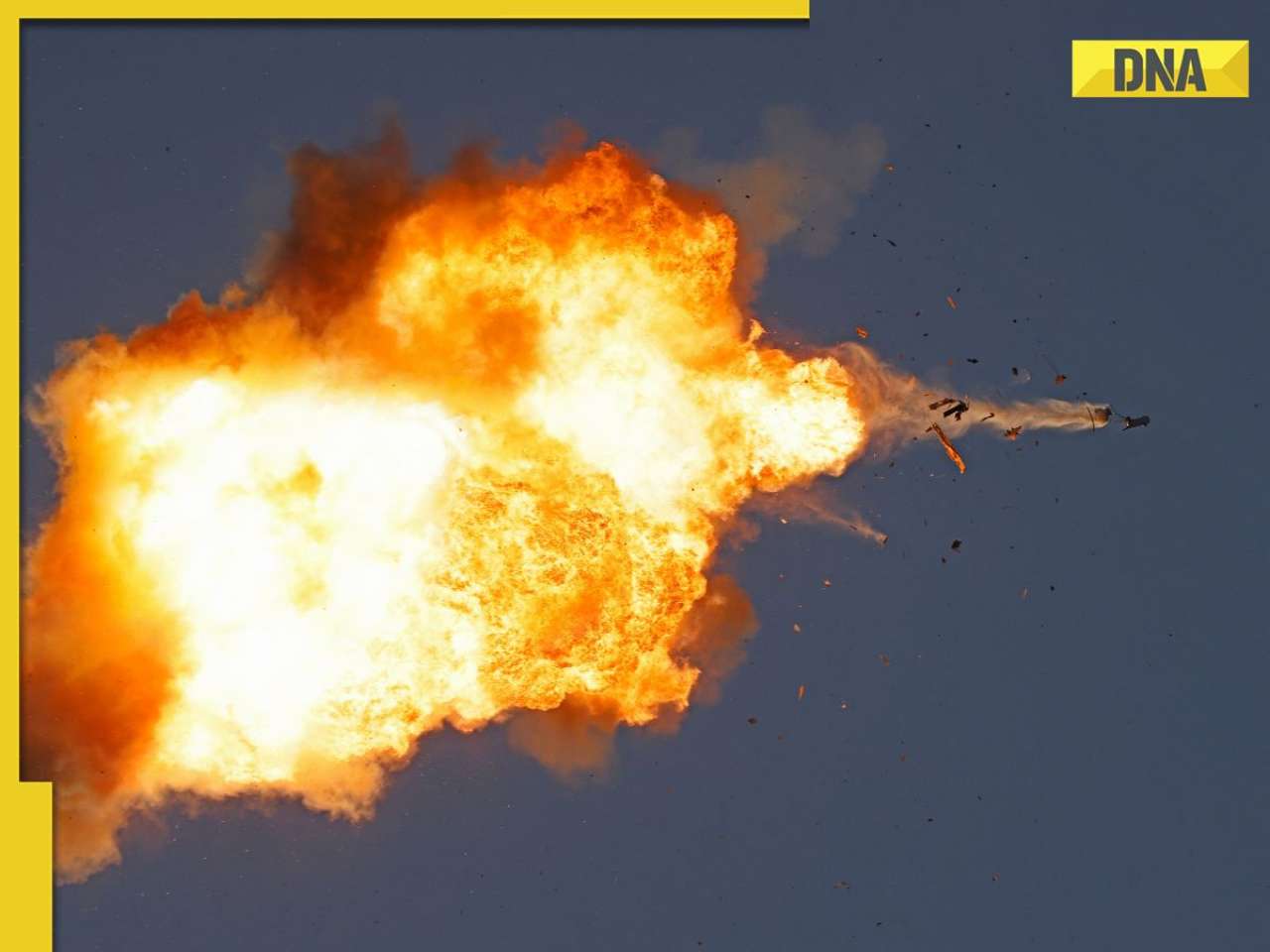








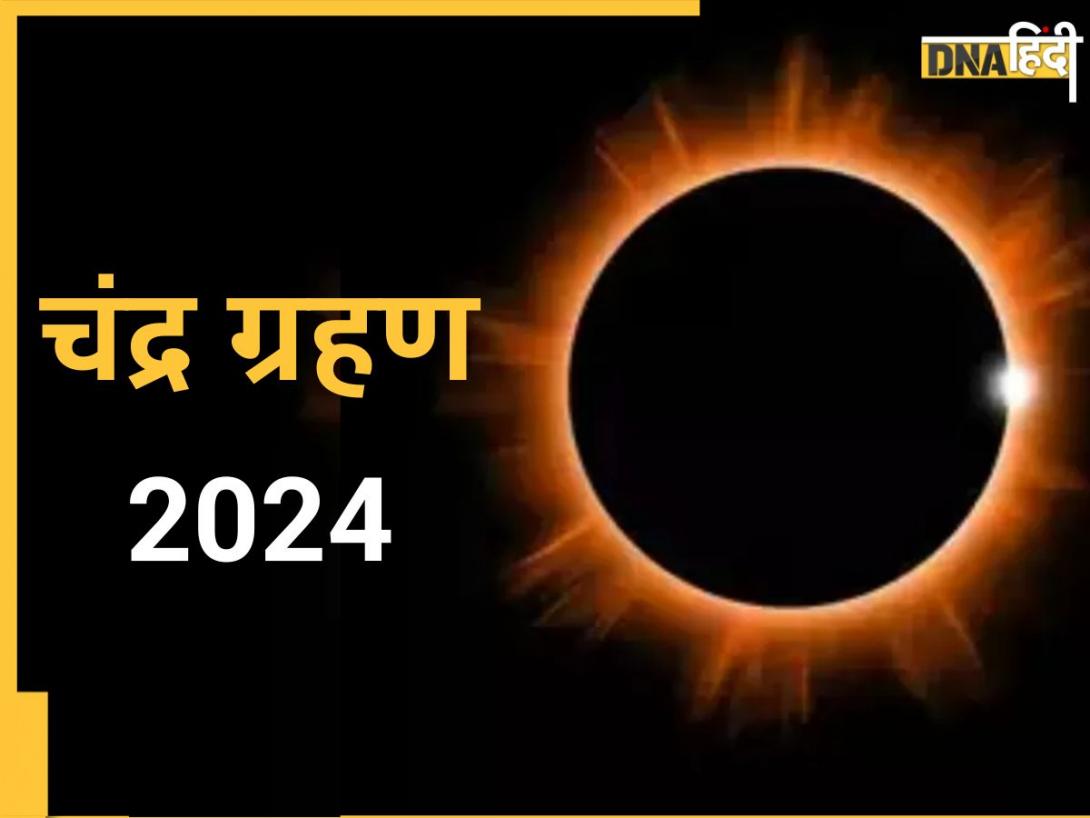









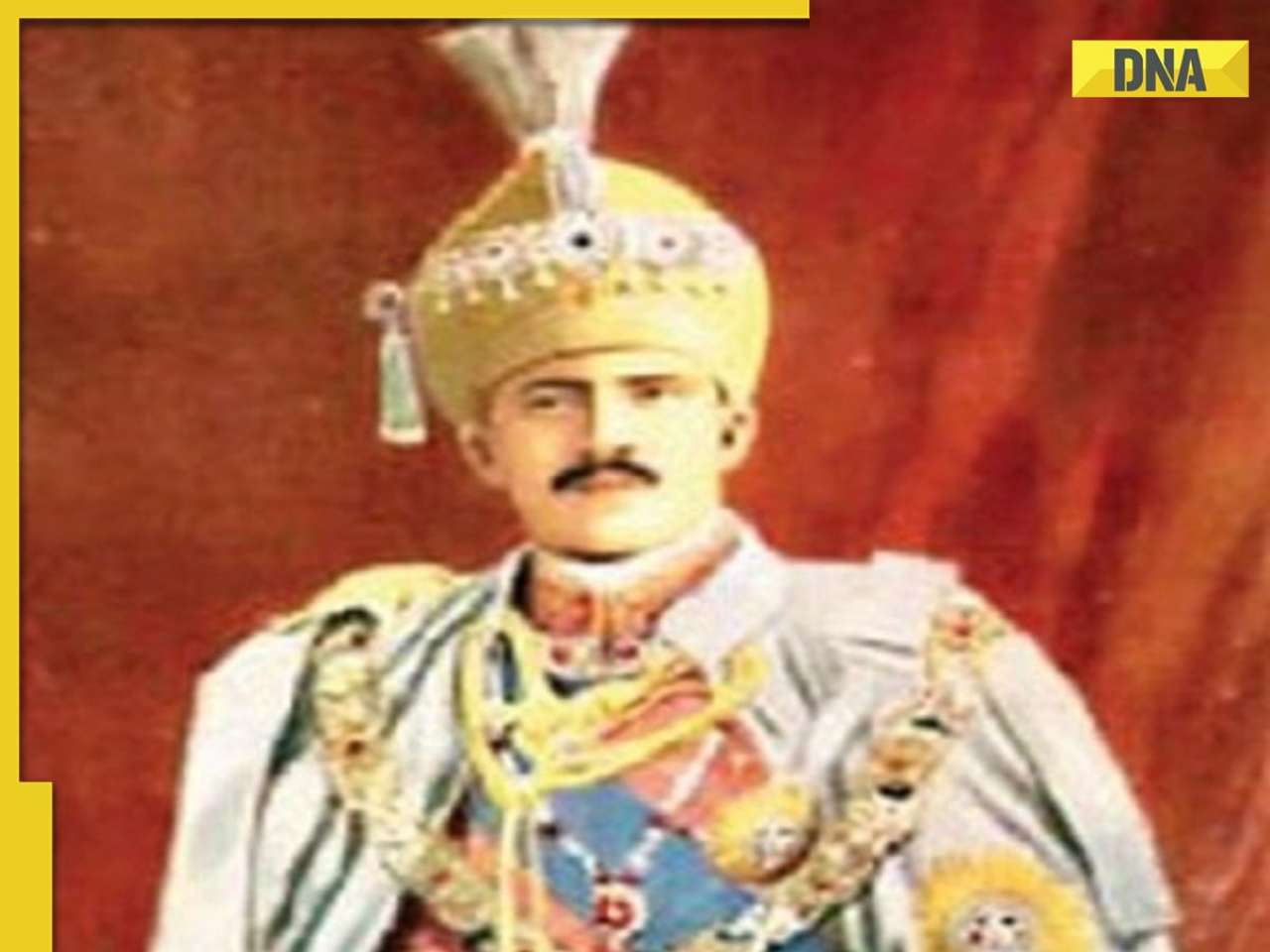



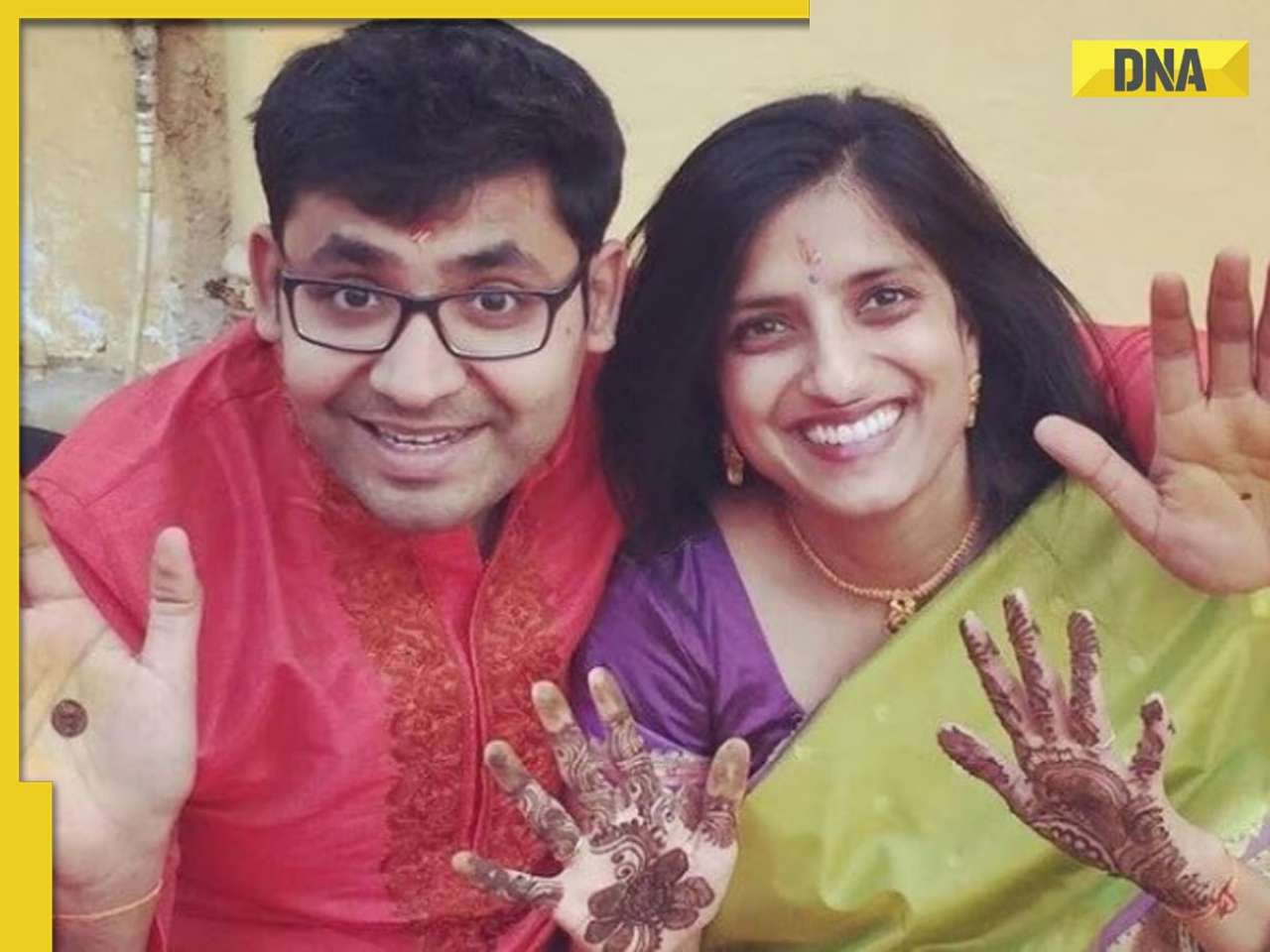















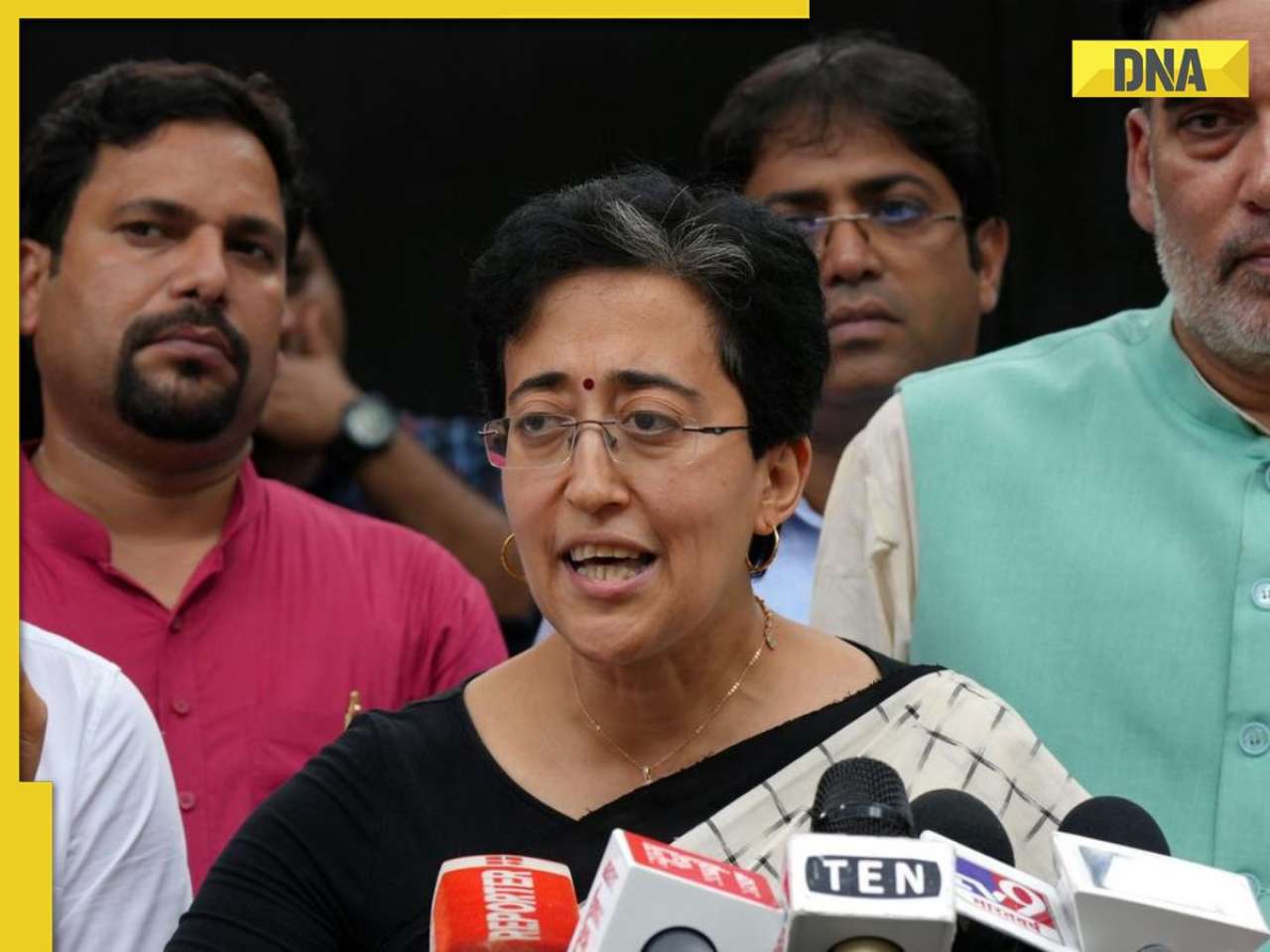



)
)
)
)
)
)
)
)
)
)
)
)
)
)
)





)
)
)
)
)
)